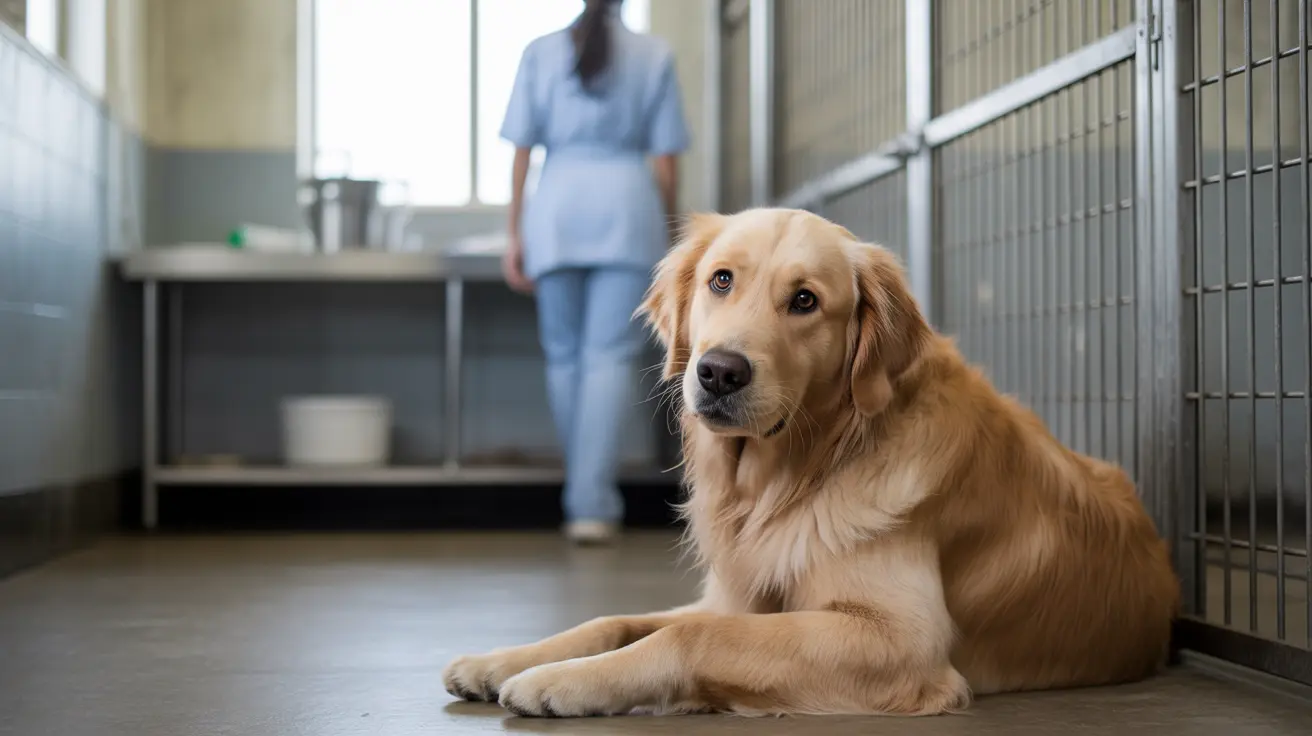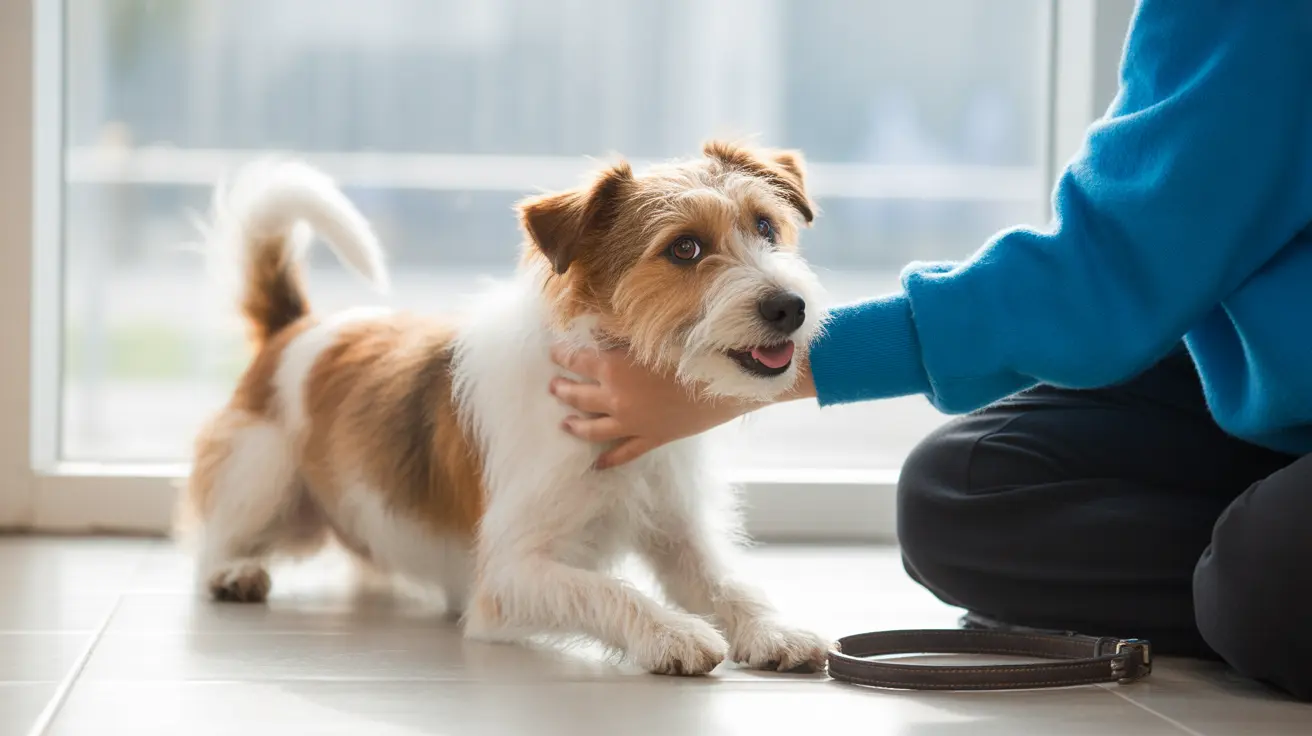How Do Dogs Apologize? Understanding Canine Social Behavior
Dogs occupy a unique place in our lives as loyal companions, but much of their social communication remains rooted in instincts developed over thousands of years. One common question pet owners have is: how do dogs apologize? While dogs do not use words or feel guilt in the human sense, they employ a range of appeasement behaviors to mend social bonds and reduce conflict within their groups—be they composed of humans or other animals.
Do Dogs Feel Guilt?
Many dog owners interpret certain behaviors—a tucked tail, lowered head, or guilty expression—as evidence that dogs feel guilt. However, research in canine cognition suggests dogs do not experience guilt as humans do. Dogs live largely in the moment, with their cognition oriented around immediate needs and sensory input.
When a dog shows what seems to be guilt, it is usually responding to the owner’s tone of voice or body language. Studies have shown that dogs display these behaviors more in reaction to scolding, even when they haven’t done anything wrong, indicating a response to cues rather than an internal sense of blame.
Submissive Behavior as Apology
Instead of verbal apologies, dogs use body language to express appeasement. These signals serve to reduce tension and affirm social cohesion. Common appeasement behaviors include:
- Lowering the head or body close to the ground
- Tail tucking or slow tail wagging at a low angle
- Whining or soft vocalizations
- Licking, especially of a person’s face or hand
- Avoiding direct eye contact
- Turning the body sideways or exposing the belly
These behaviors are naturally encoded from their wild ancestry. Wolves and wild canids use similar body signals to acknowledge dominance or peaceful intentions within the pack.
Social Learning and Human Interaction
Dog behavior is not static—they learn from observation and experience. Thanks to generations of domestication, dogs have developed sophisticated social-cognitive skills including the ability to interpret human gestures, facial expressions, and emotional tones. This close bond means that some dogs adjust their behavior over time if they perceive their owner is upset or if past behaviors have led to negative consequences.
Importantly, dogs can also learn associative behaviors. For example, if knocking over the trash can consistently results in their owner’s displeasure, the sight of the overturned bin and owner’s voice may prompt appeasement behaviors. However, this does not mean they are apologizing in a moral sense—it’s a cause-and-effect response.
Cognition and Emotional Intelligence in Dogs
Studies show dogs have complex cognition—including memory, emotional processing, and problem-solving skills. They may recall past events (episodic-like memory) and adapt their behaviors accordingly. However, they lack inner speech and self-reflective consciousness, limiting their apology-like actions to learned and instinctive patterns.
Dogs express a range of emotions—happiness, fear, anxiety, jealousy, and anticipation—that influence how they interact socially. Oxytocin levels in dogs rise during positive human interaction, and they watch our reactions closely. A dog may appear to “apologize” as part of seeking social comfort and reassurance when a disruption occurs in their environment.
How You Should Respond
If your dog shows signs of “apology,” the best response is calm reassurance rather than punishment. Since dogs seek to reduce social tension, reinforcing trust and providing guidance is more effective than scolding long after an event has passed. Punishing a dog for something done earlier in the day confuses them and undermines your relationship.
Try the following:
- Use positive reinforcement. Reward desired behaviors rather than focusing on punishment.
- Redirect the energy. If a dog is stressed, provide distraction through play or exercise.
- Be consistent. Dogs thrive on structure and clear signals.
- Look at the context. Understand that behavior arises from emotional or environmental triggers.
The Takeaway
Dogs do not apologize in the way humans do, but they are highly social animals that use rich nonverbal communication to maintain harmony. Their behaviors, shaped by evolution, learning, and deep emotional bonds with humans, reflect an innate desire to avoid conflict and stay close to their social group.
Understanding these signals can help pet owners foster better connections with their companions and respond with empathy and clarity when things go awry.





